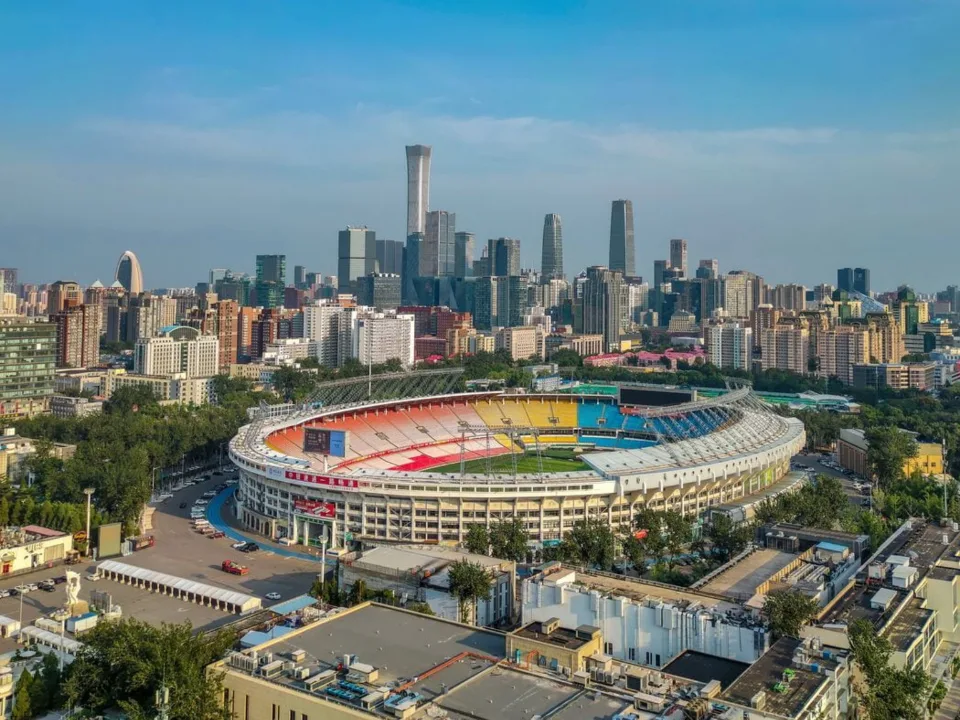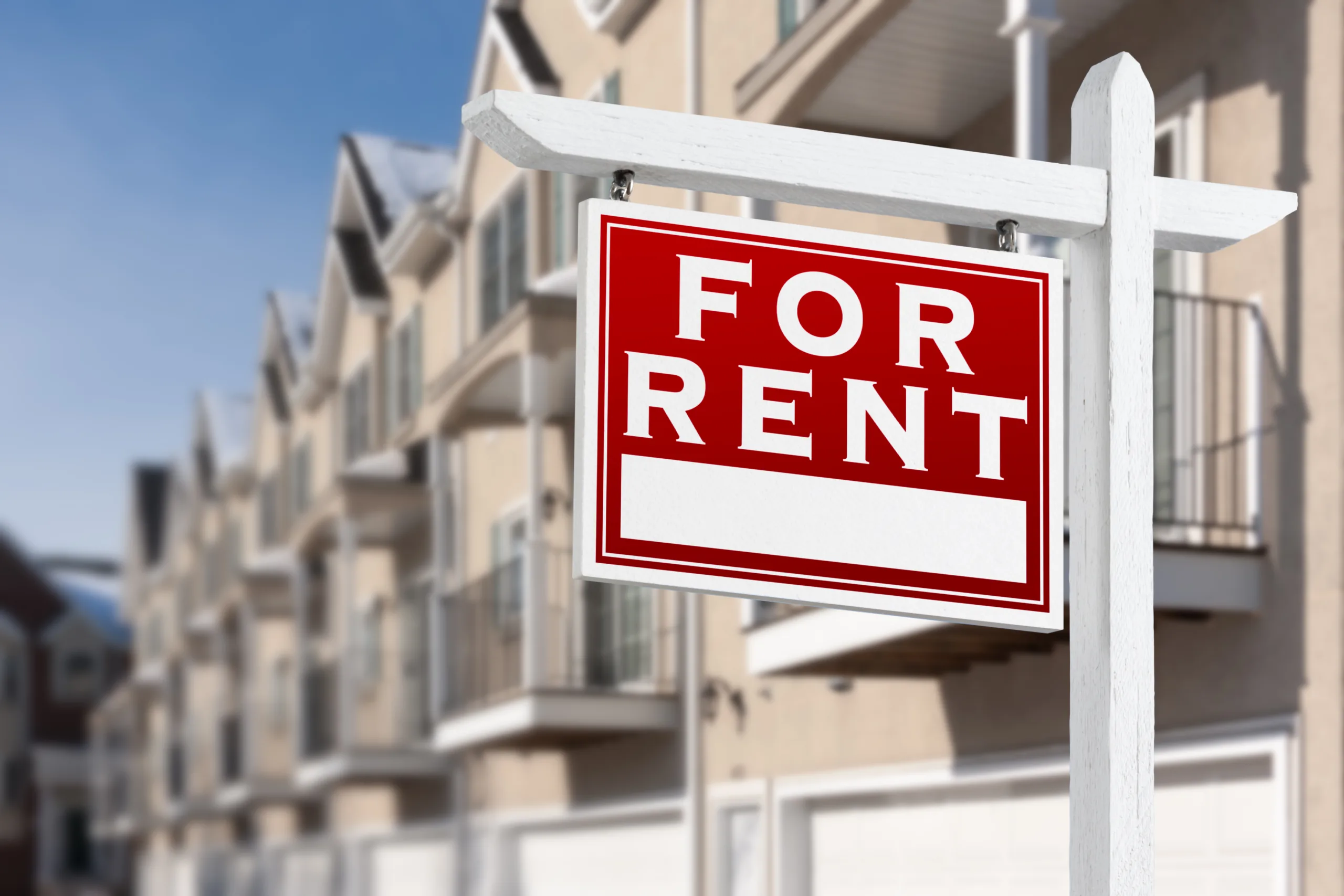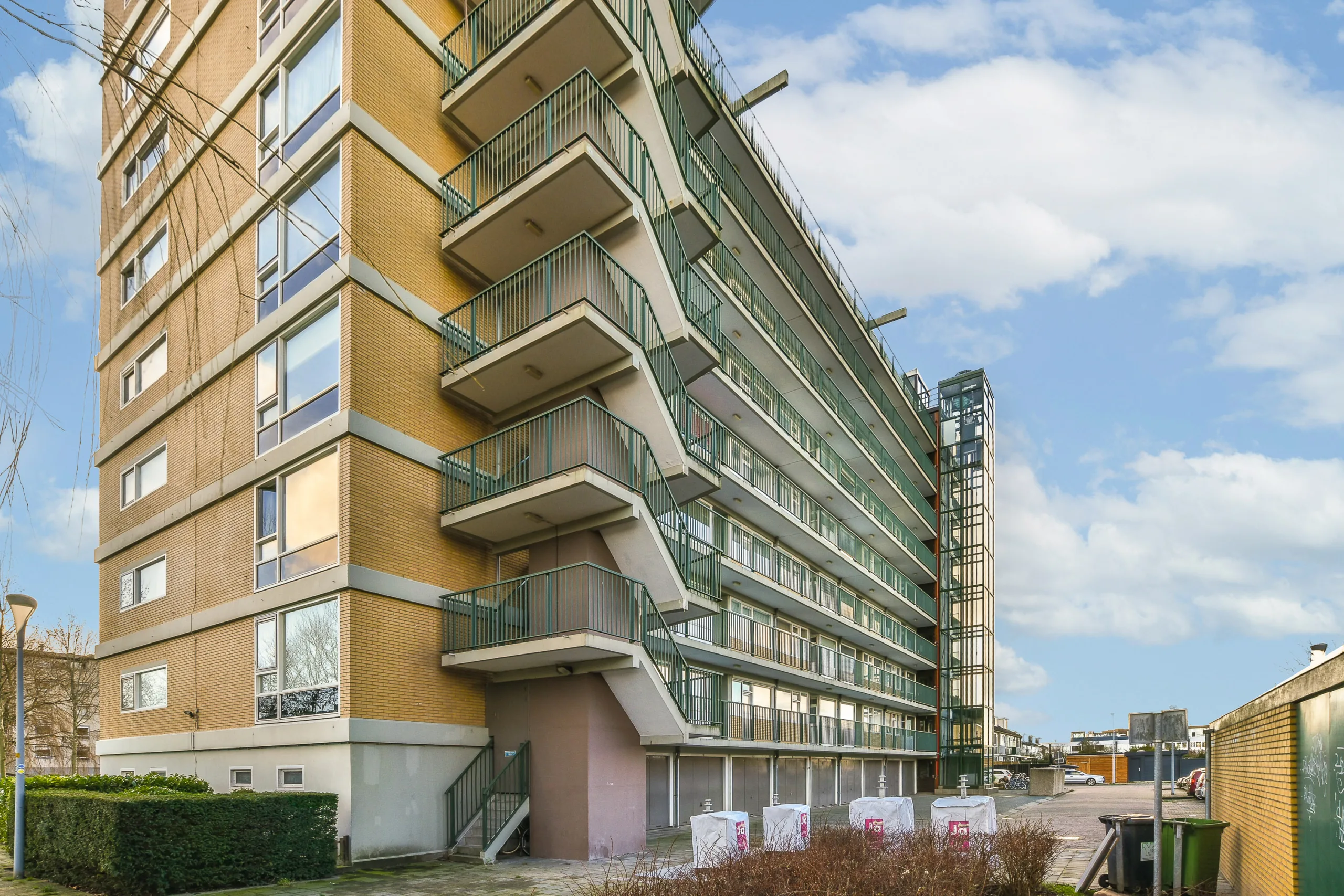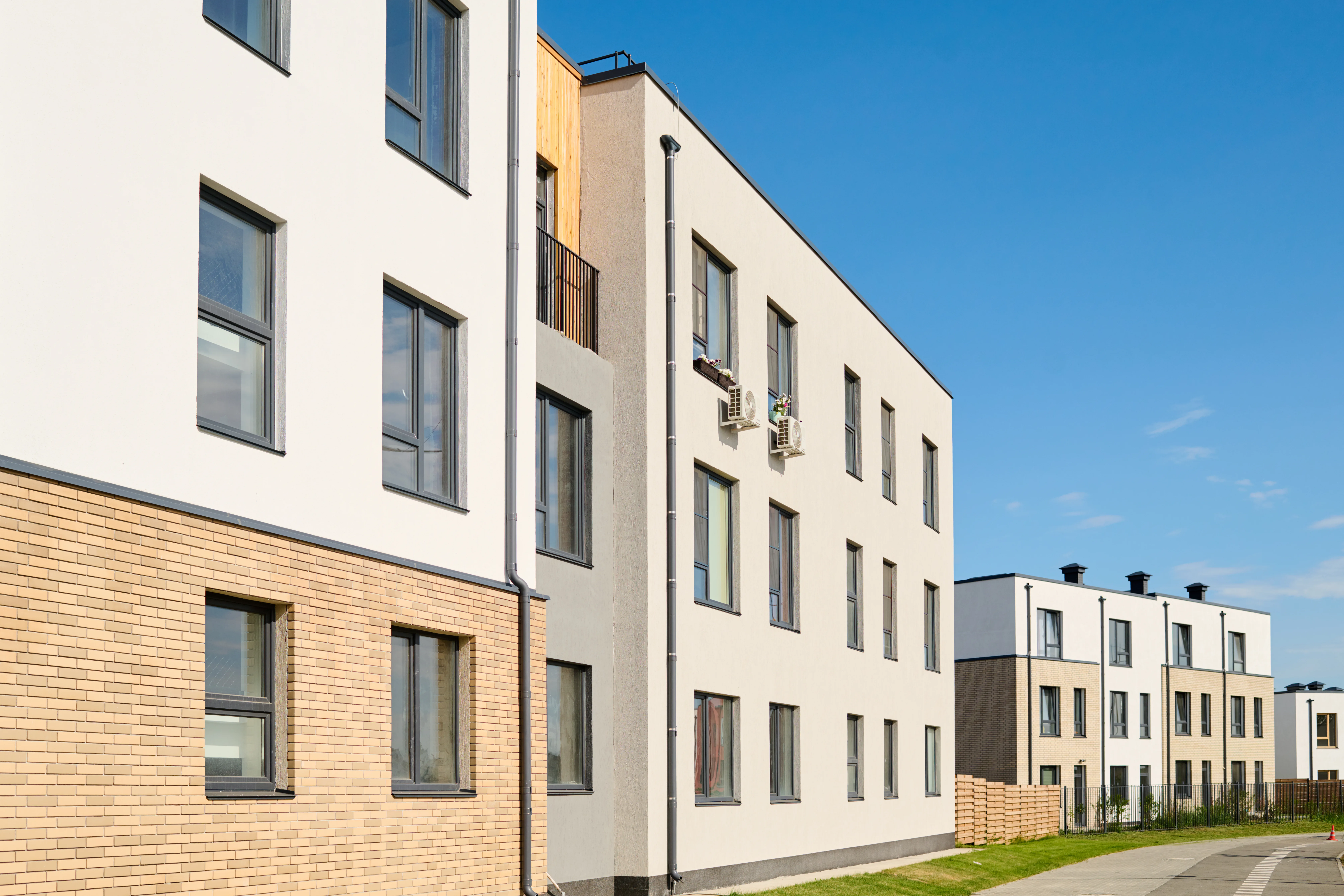- Washington, D.C. has proposed a $3.8B stadium district anchored by the NFL’s Washington Commanders, part of a growing national trend to use sports venues as real estate catalysts.
- The Commanders project includes public and private funding, with up to 6,000 housing units—one-third affordable—alongside hotels, retail, parks, and entertainment.
- Dozens of similar mixed-use stadium districts are in development across the US, though critics warn they often fail to deliver promised economic benefits.
A New Urban Playbook
Facing sluggish economic activity and rising vacancies in city centers, US cities are increasingly turning to sports teams as development partners to jumpstart real estate growth. These new stadium districts are not just homes for teams—they’re megaprojects designed to house thousands, host entertainment, and attract private investment, per the WSJ.
Washington Leads the Charge
In the nation’s capital, the Washington Commanders have proposed one of the largest and most ambitious projects yet. The $3.8B plan calls for a 65,000-seat stadium on the old RFK Stadium site, backed by $2.7B in private funds and $1.1B from the city. The 180-acre district would include housing, hotels, retail, and parks—though key financing details remain unresolved.
Get Smarter about what matters in CRE
Stay ahead of trends in commercial real estate with CRE Daily – the free newsletter delivering everything you need to start your day in just 5-minutes
An Emerging Asset Class
Across the country, at least 39 sports-anchored real estate developments are underway, according to Klutch Sports Group. Nashville’s Titans are developing a $2.2B mixed-use zone around a new stadium. The Oakland A’s are moving to Las Vegas with a $1.7B stadium-casino resort. NYCFC’s $780M Queens development will feature a stadium and 2,500 affordable housing units. These price tags will be even higher as stadium districts sprout up around the arenas.
Why It Matters
Proponents argue these districts can drive local job creation, spark retail and tourism, and turn underutilized land into economic engines. Sports ownership groups increasingly view these developments as central to their revenue strategies.
Skepticism Lingers
Critics question the public cost. Economists like J.C. Bradbury say stadiums often reallocate existing consumer spending rather than generate new activity. In Chicago, the Bears’ $4.7B stadium plan has stalled amid public resistance to $1B in proposed state subsidies.
What’s Next
If approved, the Commanders project will become a test case for how sports-driven development can reshape urban cores. With $100B in potential US investment over the next 15 years, according to Klutch, the future of stadium-centered urban planning may hinge on what happens in Washington.

















